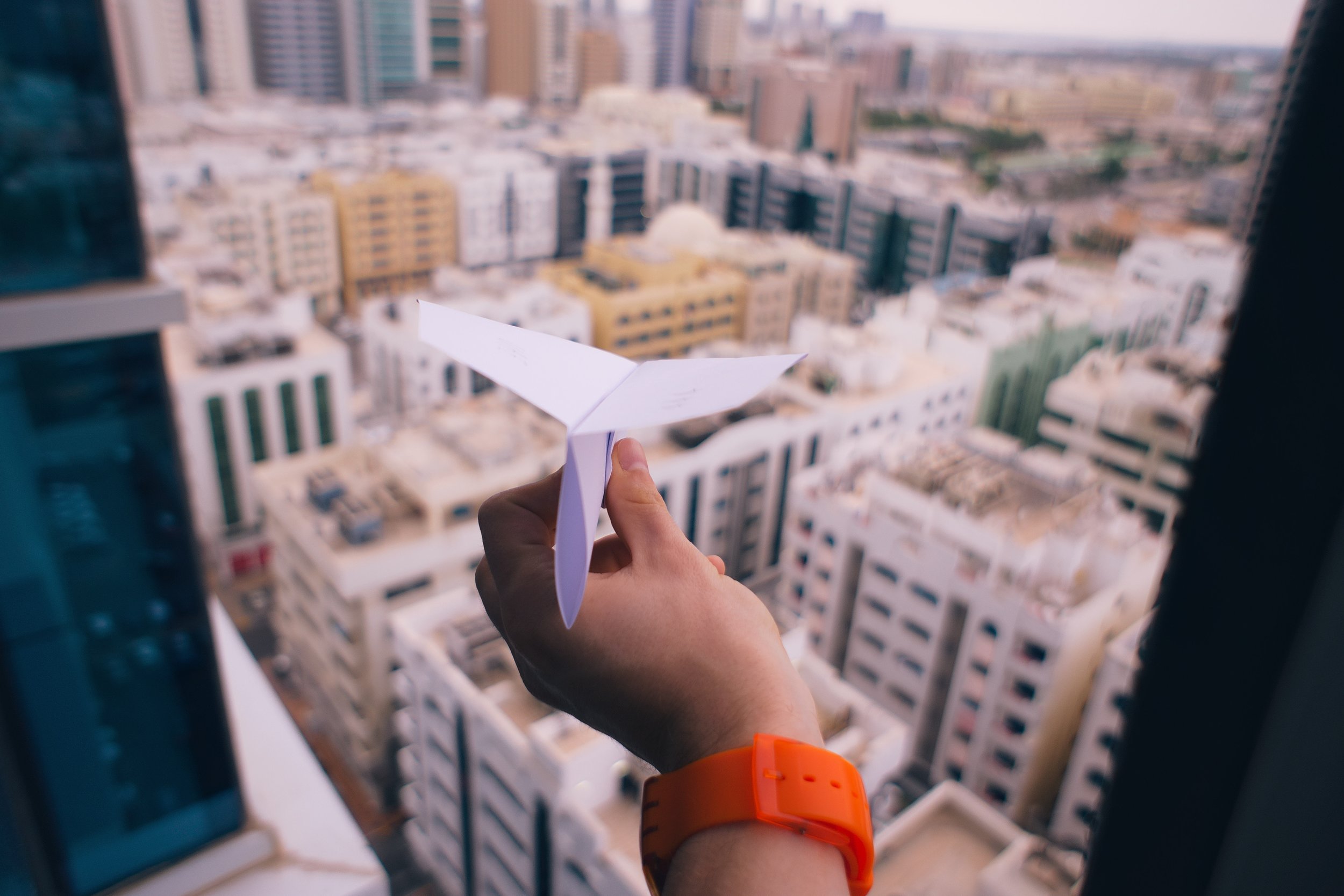Mostly, we go about our days thinking and noticing very little about our movement - we do what feels natural until something bothers us. Then, we squirm around a bit until the uncomfortable feeling passes.
Sometimes though, we want or need to change our movement. The thing is that movement is largely an unconscious process full of habits, old perceptions, and challenges of balance and tensions. So in reality, a lifetime of habits doesn’t change overnight.
Still, there are many ways to change movement and get some kind of result. Sometimes good, sometimes not so good. But to create a completely new expression of movement is a real art.
What your brain/ central nervous system does all the time:
First, before we move, we unconsciously predict and sense: Ourselves, our movement to come, and the environment we move in.
Then, we move, and perceive our senses to see if they match what we thought would happen.
If what we sense doesn't match our prediction, then a new movement may have happened and our brain and nervous system learns.
Example:
You go to grab a carton of milk from the fridge. Your brain predicts it’s full and will require some more muscle tension to lift it up.
Turns out the carton was empty and wham! you lifted the carton way to fast with too much tension and hit the roof of the fridge. You now sense that this was too much power for how much you actually sense the carton weighs.
Your prediction didn’t match your senses so now your brain and nervous systems learns - and you use the appropriate amount of muscle tension to move the carton of milk smoothly out of the fridge.
A completely new movement is different that what we thought would happen. It’s a sensation that is different than our prediction. Otherwise it's something we already know, and it's not really new. So to create a truly new movement or action we have to be wrong about what we think will happen; wrong about what the movement will feel like.
The game is catch yourself making the guess unconsciously, then to make a decision to pause the guess… and let a new movement (or pattern of movement) show up on it's own.















